“It is always assumed that Venice is the ideal place for a honeymoon. This is a grave error. To live in Venice or even to visit it means that you fall in love with the city itself. There is nothing left over in your heart for anyone else.”

And that’s exactly what the four of us did today ~ falling head over heels again. Well, not quite Steven; he’s still reveling in his puppy love infatuation of being on the European continent. Partially sunny skies greeted us as we began today’s Venetian adventures; fully recovered from jet leg.
The Jewish Ghetto would be our first stop … instituted 29 March 1516. The English word ghetto is derived from the Italian geto, or foundry. By 1797 the French army in Italy, commanded by the 28-year-old General Napoleon Bonaparte, conquered Venice, dissolved the Venetian republic and ended the ghetto’s long separation from the city.
The Jews resided in an area of the Cannaregio sestiere of Venice; divided into the Ghetto Nuovo (“New Ghetto”) and the adjacent Ghetto Vecchio (“Old Ghetto”). These names are misleading, as the Nuovo is actually older than the Vecchio. It was all connected to the rest of the city by two bridges that were only open during the day.
Though it was home to a large number of Jews, the population living within the district actually never assimilated to form a distinct, “Venetian Jewish” ethnicity. Four of the five synagogues were clearly divided according to ethnic identity: separate synagogues existed for the German, Italian, Spanish and Portuguese and Levantine Sephardi communities. The fifth, the Scuola Canton, was built as a private synagogue for just four families. These all still stand and remain intact and indistinguishable from the outside as per early laws granting the synagogues immunity as long as they remained that way.
Today, the Ghetto is still the center of Jewish life in the city. The Jewish community of Venice, now just 450 people, is culturally active, although only a few members actually live within the confines. We were able to see a small part of the community sharing food as they gathered on the plaza after sabbath services.
The #1 vaporetto (water bus) would take us down the Grand Canal to the Peggy Guggenheim Collection. We floated down under the always busy Rialto Bridge. Both sides of the canal are flanked by old Palazzos, some of which have been turned into hotels, museums, embassies and schools, although some are still residences.
Marguerite “Peggy” Guggenheim (August 26, 1898 – December 23, 1979) was an American art collector, bohemian and socialite. She was born to the wealthy New York City Guggenheim family; daughter of Benjamin Guggenheim, who went down with the Titanic in 1912 and niece of Solomon R. Guggenheim, who established the Solomon R. Guggenheim Foundation.
Guggenheim collected art in Europe and America primarily between 1938 and 1946. She exhibited this collection as she built it, settling in Venice in 1949, within her former home, the Palazzo Venier dei Leoni, where she lived for 30 years. It’s among the most important museums in Italy for European and American art of the first half of the 20th century ~ filled with the best: Picasso’s, Magritte, Leger, Modigliani, Man Ray, Bacon, etc.
During our visit the museum was hosting a special exhibition of her life collections called “Peggy Guggenheim: The Last Dogaressa,” celebrating the Venetian life of its founder. The exhibition focuses on Guggenheim’s collecting after 1948. In addition, a selection of Guggenheim’s scrapbooks was on display to the public for the first time. These are fascinating albums in which she meticulously collected newspaper articles, photographs and items covering the various periods of her life.
Walking throughout the palazzo’s rooms, I’d wonder imagining the gatherings of artists she hosted here, the conversations had and the food shared. Which was her bedroom? How did she move from room to room during her 30 years in Venice? A fascinating woman way ahead of her time, in living a life of her own without a care of what people thought of her.
All throughout the day Steven kept mentioning wanting to go to the “Cathedral by the Sea.” As it turns out, after departing the Guggenheim, we were very close to his dream destination … the Punta de la Dogana (former custom house). It’s also known as the triangular point of Venice where the Grand Canal meets the Giudecca Canal and its incredible collection of masterful buildings: Santa Maria della Salute, Patriarchal Seminary of Venice and Dogana da Mar at the tip; all diagonally across from the Piazza San Marco and seen in every photo taken in Venice. With mission accomplished, Steven & Co. were ready to move onboard and onward . . .
On the Menu … When in La Serenissima, seafood rules: Squid Ink Cuttlefish and Pasta, Fresh Sardines and white Anchovies, Octopus, Fried Seafood Misto, Creamed Cod, Tiny Sea Shrimp, Buttery Polenta … all washed down with great Italian vinos.
We relished our last meal in Venice at the delightfully charming and intimate Ristoteca Oniga in the Campo San Barnaba. Here we received excellent, unrushed service in our own cozy nook next to the window. Our young, vivacious server answered all our requests and patiently directed us to the best offerings … including Lamb Shank meat that fell off the bone just by looking at it; Tiramisu and Limoncello would sadly/happily end the night’s feast.

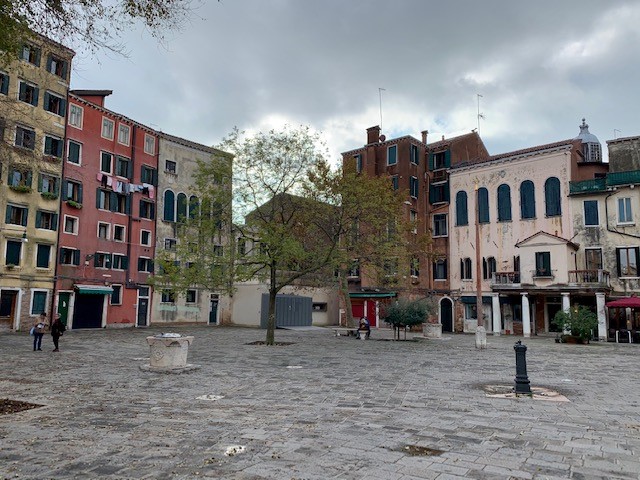


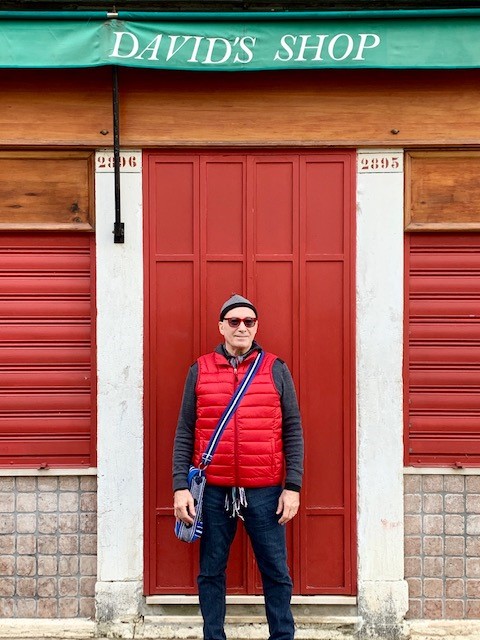

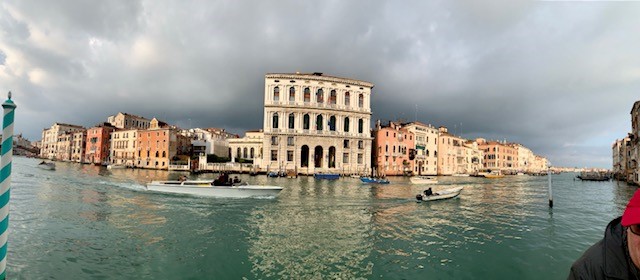
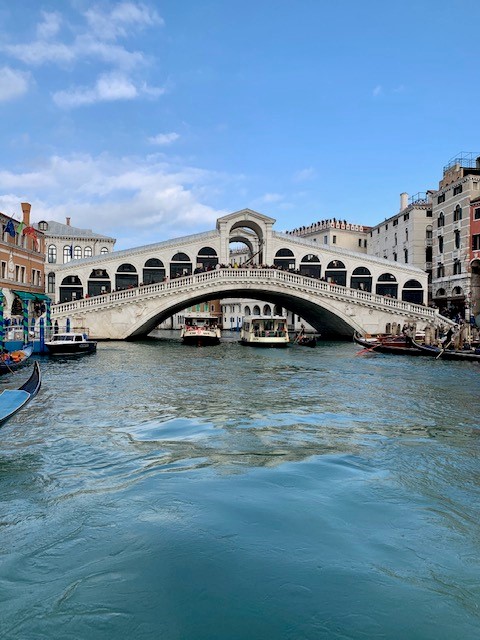

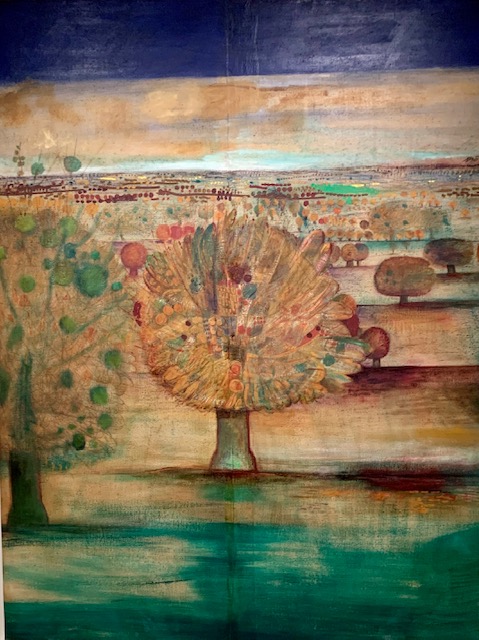
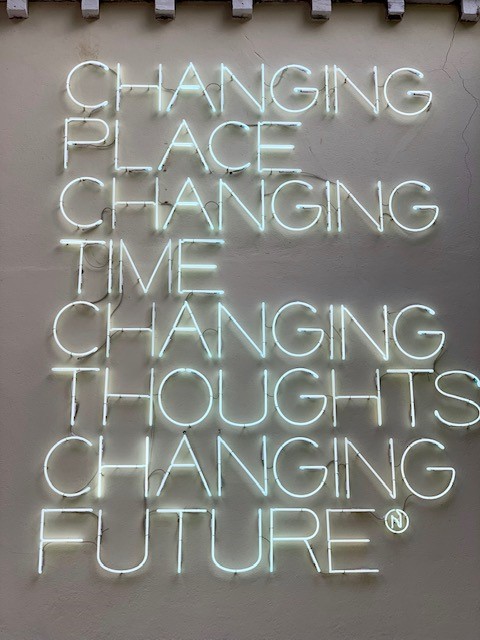
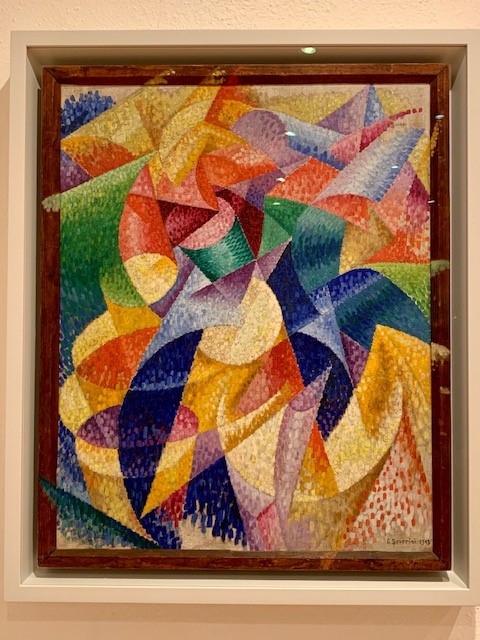

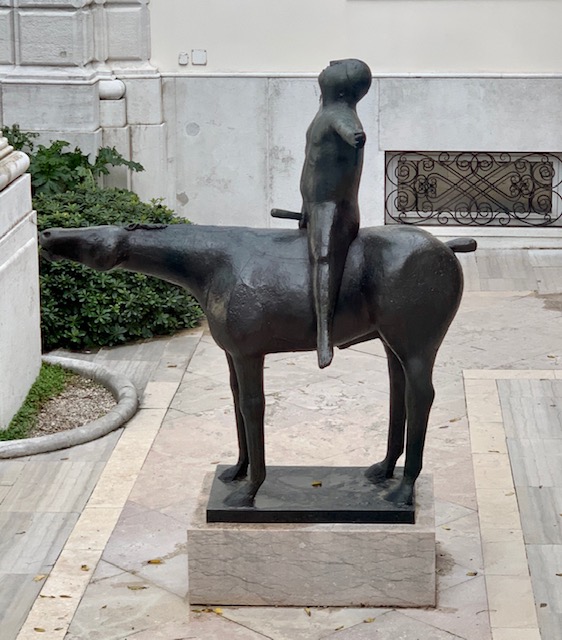

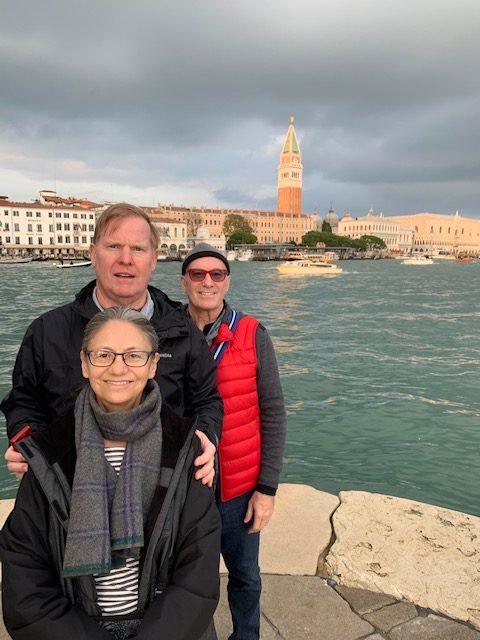
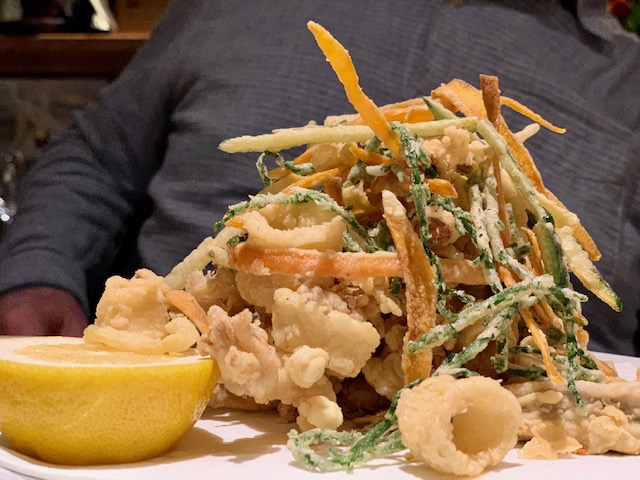

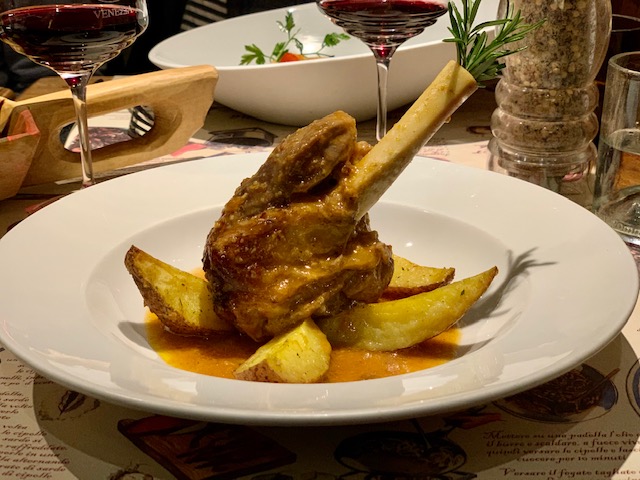









Stunning!
I just wanted to swallow all the food and stare all day at the beautiful vistas! Thanks for sharing! It’s nice to see Leyta and Steven, too! It looks like a fabulous trip for all! Can’t wait for more!
We as well fell in love with Venice… never to be forgotten.